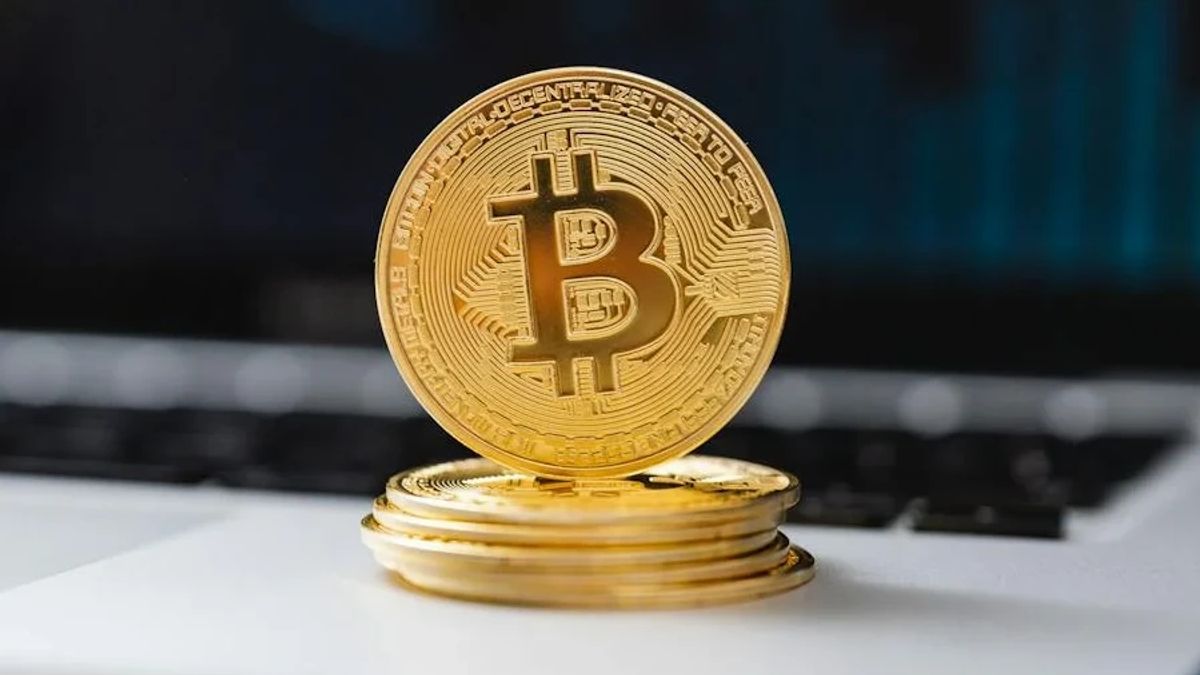Bitcoin miners are taking the opportunity from a favorable situation. This business has been lifted from adversity by a recent surge in the value of cryptocurrencies. Now mining companies are racing to lock profits before "halving" Bitcoin, where the reward for token production will be cut in half.
The next Halving is expected in April 2024, a process designed to slow down Bitcoin's release, whose supply is limited to 21 million, of which 19 million have been mined.
"We see a lot of ceasefire to connect the rig before it stops," said Gregory Lewis, an analyst at the BTIG broker covering 13 of the largest US-listed Bitcoin miners.
The Bitcoin hashrate - the computational power measure needed to mine a single coin - has soared to record highs, according to crypto platform Blockchain.com. This means miners should use more power and speed to solve complex mathematical puzzles that generate Bitcoin.
Bitcoin has risen about 37% in the past month to around $37,000 after several months of stagnation, a rebound encouraging miners to connect their powerful computers to solve puzzles and sell newly minted coins.
The average mining income in the last 30 days has grown stably this year to 32.46 million US dollars (Rp509.9 billion) on November 11, according to blockchain.com data.
However, mining - a process that requires high energy - is still not as profitable as its heyday in 2021.
One measure of miners' income from using 1 petahash per second of computing power in a day has risen to more than 81 than $71 in early November but remains well below the peak of $127 in early May, according to the Hashrate Index mining data platform.
With another six months before miners' reward is trimmed, they are looking for ways to keep their profit margins from shrinking in a very competitive environment.
"Every halving forces miners who do not play in the game to a high enough level to be eliminated," said William Savosszegi, CEO of mining company Sazmining.
Bitcoin prices generally go up after the past halving. Six months after the first halving in 2012, prices jumped to 126 from 12 US dollars. After the second half in 2016, it rose to 1,000 from USD 654 in seven months, and in 2020 it jumped to USD 18.040 from USD 8.570 in the same period.
Bitcoin's third Halving in 2020 reduces miners' reward to 6.25 Bitcoin per block, and what's to come will drop it to 3.125 in April. At current prices, mining each block generates $221,250.
SEE ALSO:
Matteo Greco, an analyst at digital asset investment firm Fineqia International (FNQ.CD), said many mining companies are upgrading their equipment and increasing their hashrate power to stay competitive.
Some players even switch operations to Central American countries where energy prices are more affordable and governments are more cryptocurrency-friendly.
"It's too early to say whether all Bitcoin miners are safe," said Ludovic Thomas, a portfolio manager at Swiss-based Cryptonite Asset Management investing in digital assets. "The increase in profitability always leads to an increase in network hashrates and difficulties."
The English, Chinese, Japanese, Arabic, and French versions are automatically generated by the AI. So there may still be inaccuracies in translating, please always see Indonesian as our main language. (system supported by DigitalSiber.id)


















